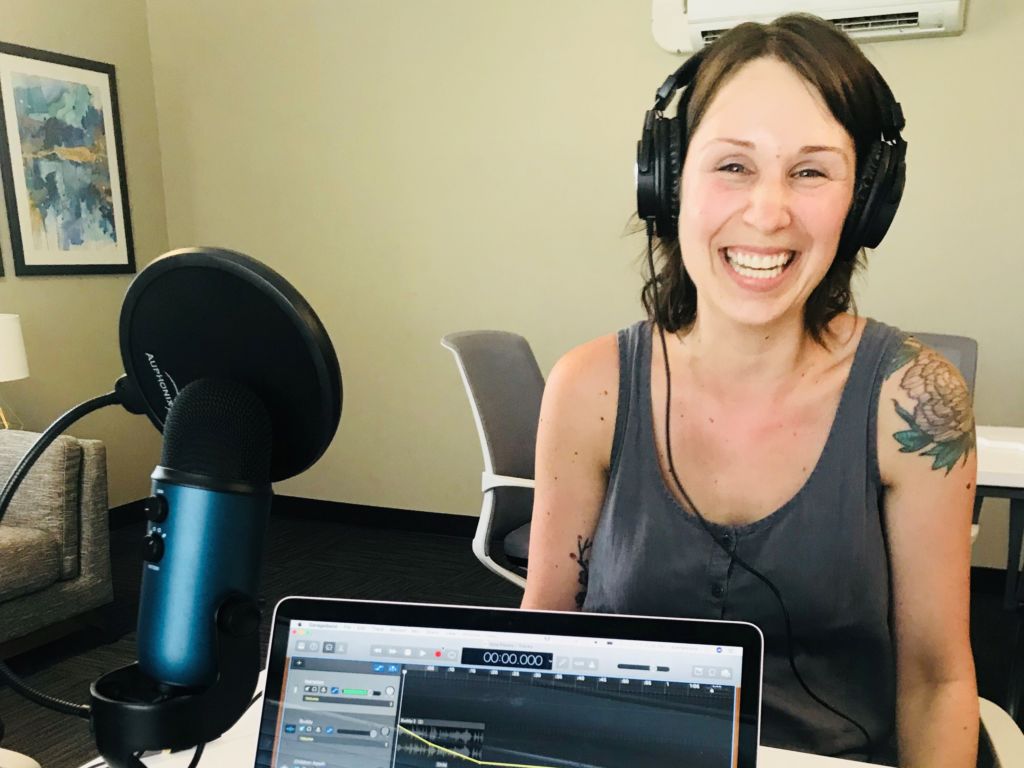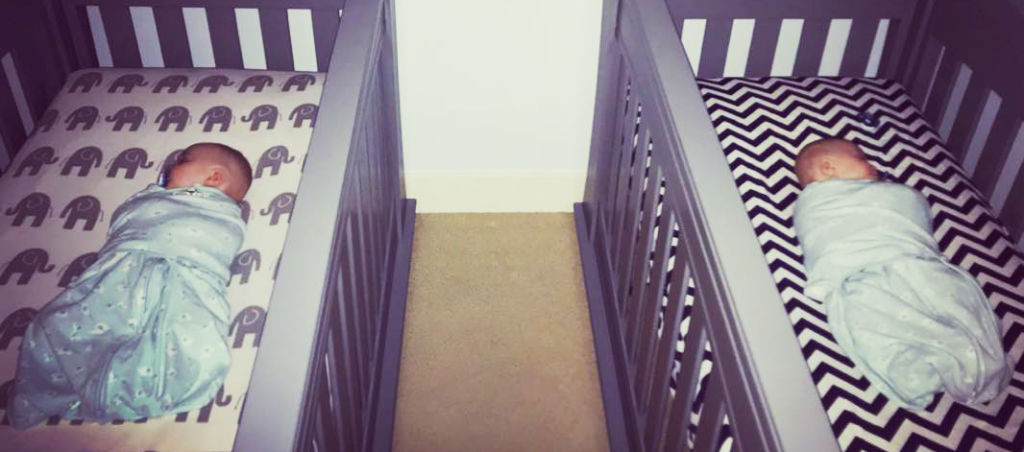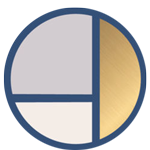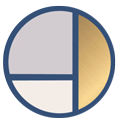Podcast Episode #40: Pilates for your Pelvic Floor

Today we talk with Iona Ruiter of Pilates in East. She specializes in pelvic floor health, prenatal and postnatal pilates, and diastasis recti. She gives us an in-depth look at the health of your pelvic floor and what exercises actually work. You can listen to this podcast episode on iTunes or SoundCloud. Be sure to […]
Newborn Sleep Tips

As a sleep consultant, I get asked often how early you can sleep train a baby. My answer is this – Most babies are ready around 12 weeks, but it’s never too early to start introducing heathy habits to make the sleep training go smoothy when baby is ready. Why 12 weeks? Most babies are […]


